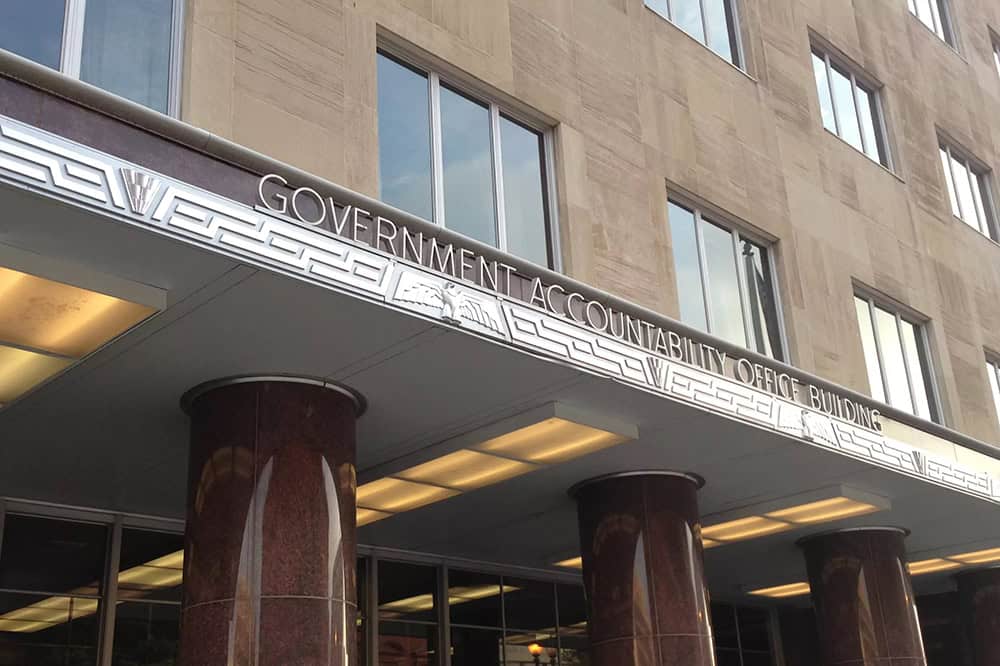To evaluate the government’s fiscal situation, analysts typically reference the total deficit — the gap between total federal spending and revenues. However, another measurement — the primary deficit — focuses on the difference between government revenues and spending, excluding interest payments. By excluding debt service, the primary deficit highlights the underlying structural imbalance between the amount of money that the federal government brings in each year (primarily through taxes) and how much it costs to provide government goods and services.
The federal government has run a total deficit almost every year over the past five decades; the average gap during that period has been 3.8 percent of gross domestic product (GDP). Even without accounting for interest payments, federal spending has frequently outpaced revenues — causing the government to run primary deficits averaging 1.7 percent of GDP over the past 50 years. In fact, annual federal revenues have equaled or exceeded non-interest expenditures only 12 times since 1975; in the other 38 years, debt was issued to cover the gap. According to projections by the Congressional Budget Office (CBO), if current policies remain in place, annual non-interest spending will continue to exceed revenues by substantial amounts — by 2.1 percent of GDP ($7.9 trillion) over the next decade.
Interest rates have been high over the last few years relative to the preceding decades, which as pushed up the cost of federal borrowing. CBO projects that rising debt and higher interest rates in the future will cause interest payments to increase — rising from 3.1 percent of GDP in 2024 to 4.1 percent in 2035. Mounting interest costs will widen the gap between the primary and total deficit over time.
Because of the considerable amount of debt that has already been accrued by the federal government — and the interest that will need to be paid on that debt — it is essential to address the existing imbalance between non-interest spending and revenues.
Many analysts and economists point out that when the primary deficit is small and interest rates are lower than the growth rate of nominal GDP, the debt-to-GDP ratio will fall. However, with a primary deficit anticipated to remain around 2 percent of GDP over the next decade under current law — and with interest rates at relatively high levels — debt will continue to grow faster than the economy. CBO estimates that debt held by the public will climb to 118 percent of GDP in 2035 — higher than at any point in the nation’s history.
If the federal government cannot more closely align its revenues and expenditures, the national debt will continue to rise at an unsustainable rate and could jeopardize the country’s economic future. Fortunately, many solutions are available to address the fiscal situation.
Image credit: Photo by ktsimage/Getty Images
Further Reading
Growing National Debt Sets Off Alarm Bells for U.S. Business Leaders
Debt rising unsustainably threatens the country’s economic future, and a number of business leaders have signaled their concern.
How Much Can the Administration Really Save by Cutting Down on Improper Payments?
Cutting down on improper payments could increase program efficiency, bolster Americans’ confidence in their government, and safeguard taxpayer dollars.
What Is R Versus G and Why Does It Matter for the National Debt?
The combination of higher debt levels and elevated interest rates have increased the cost of federal borrowing, prompting economists to consider the sustainability of our fiscal trajectory.


